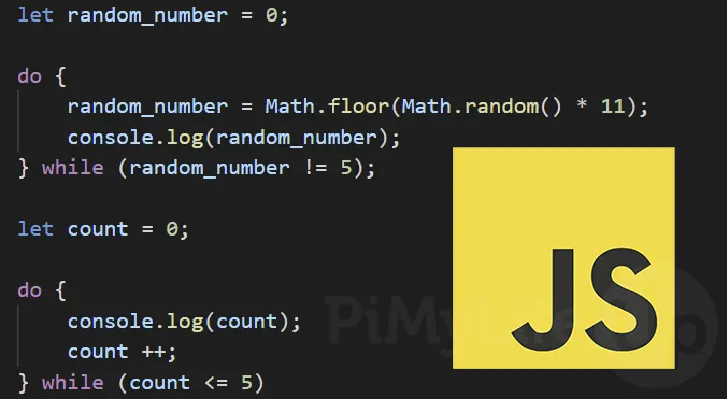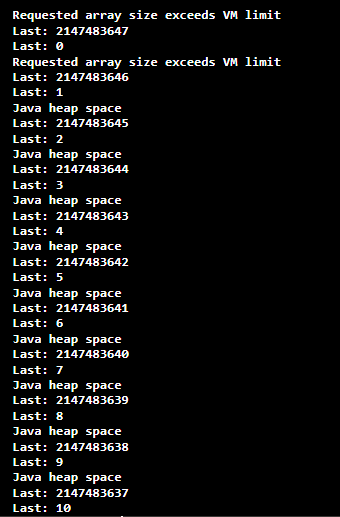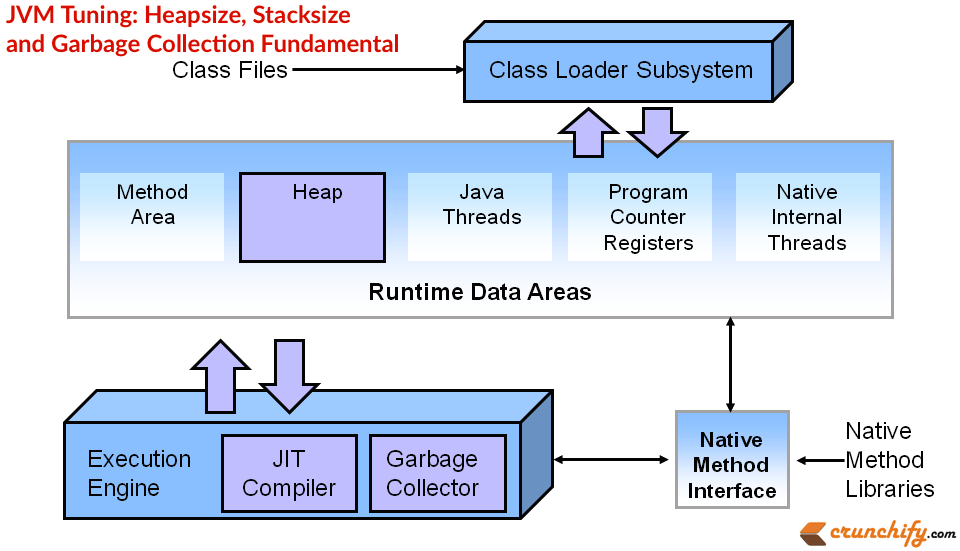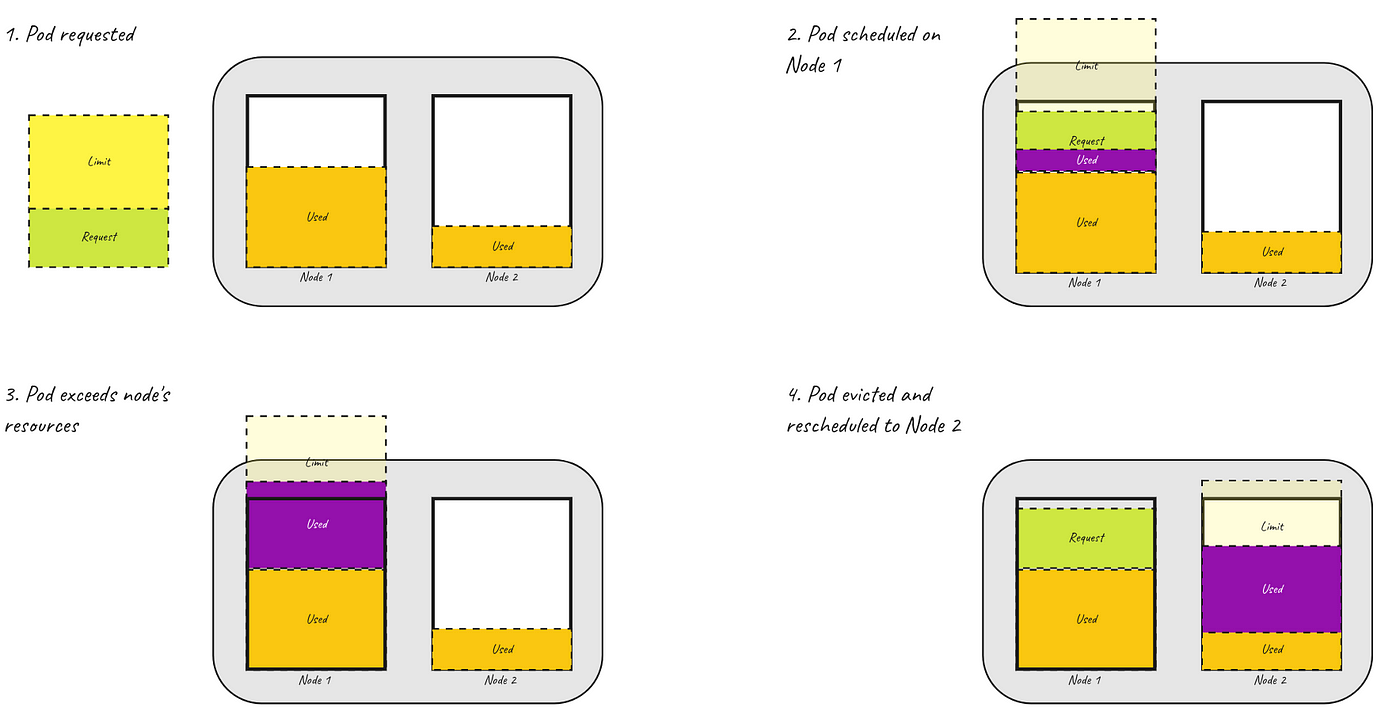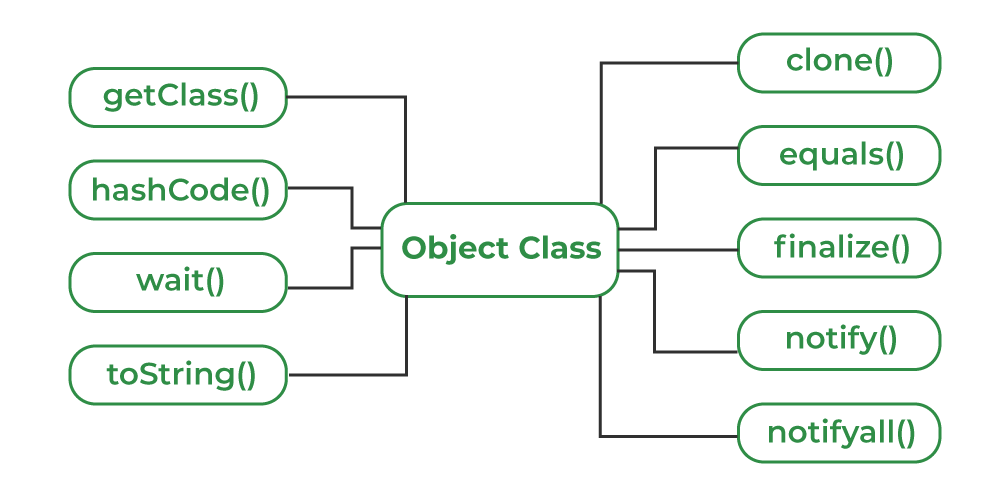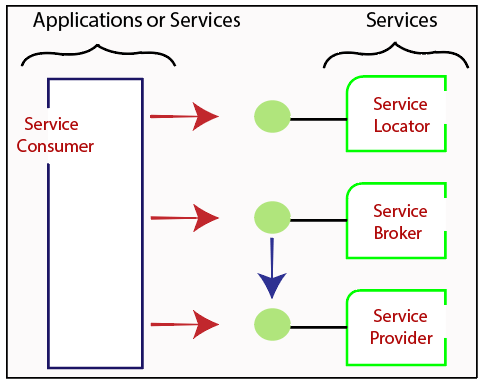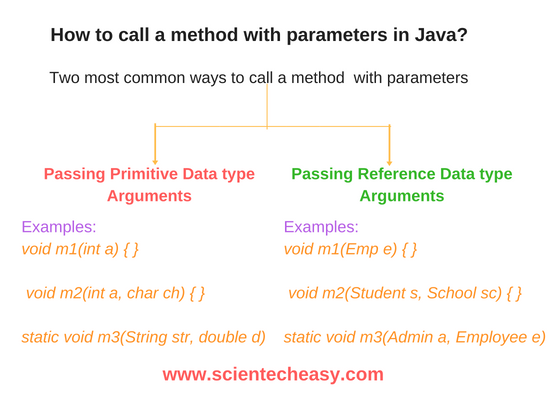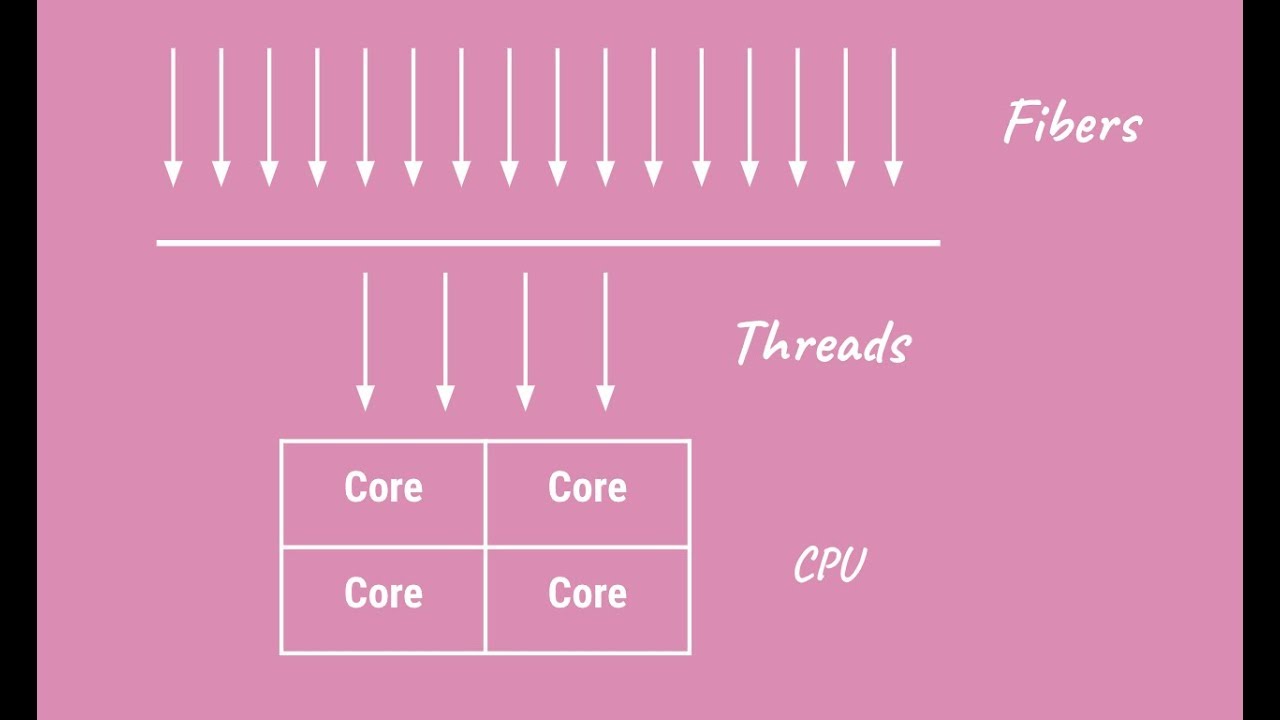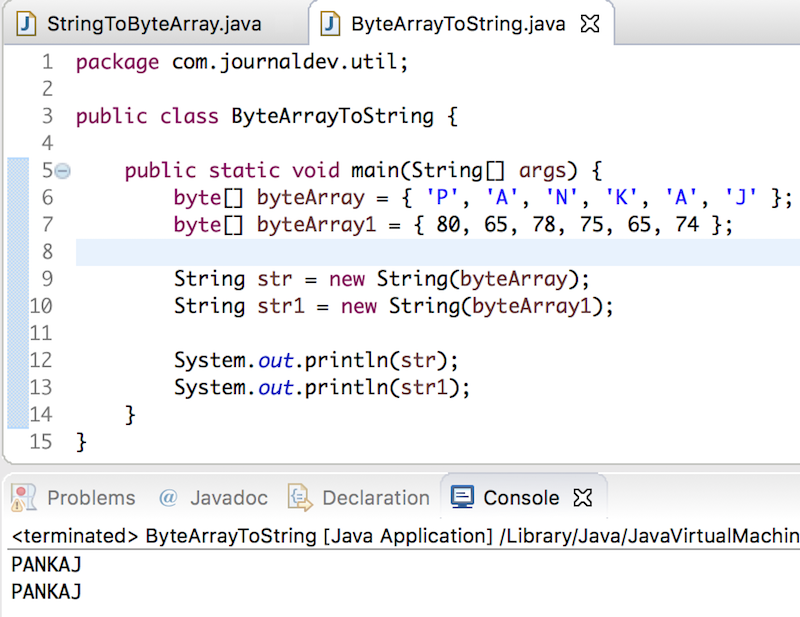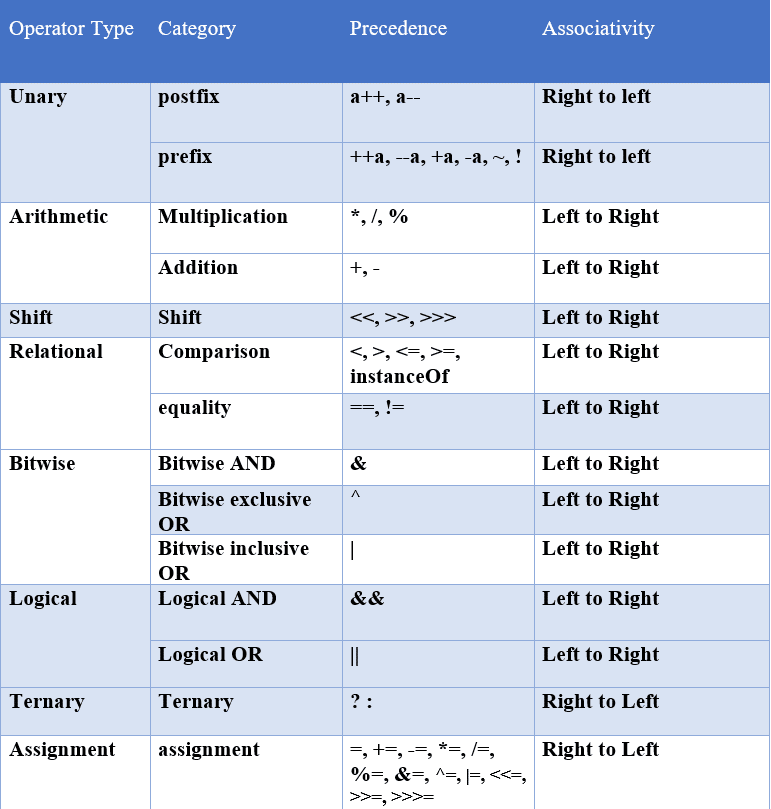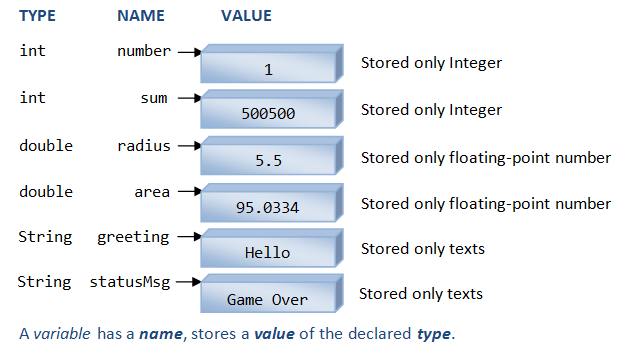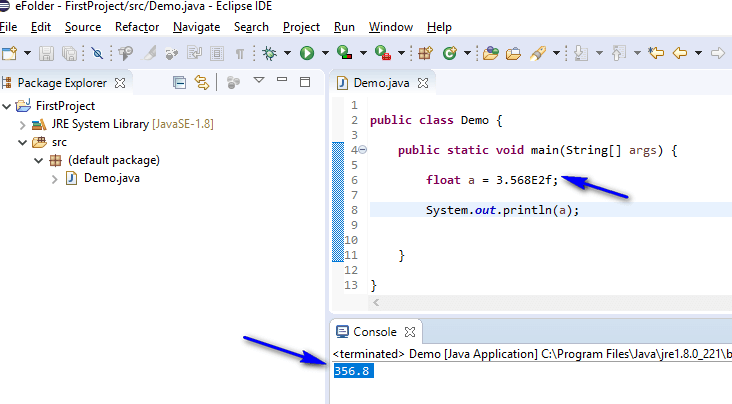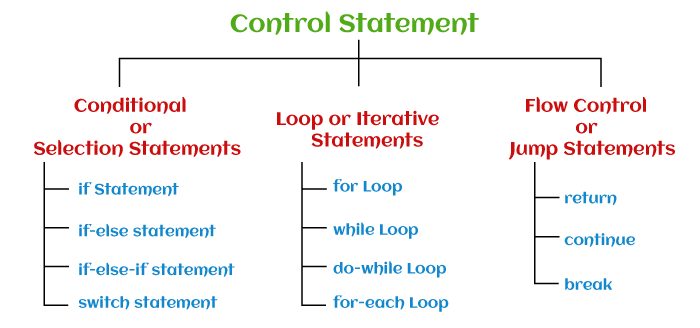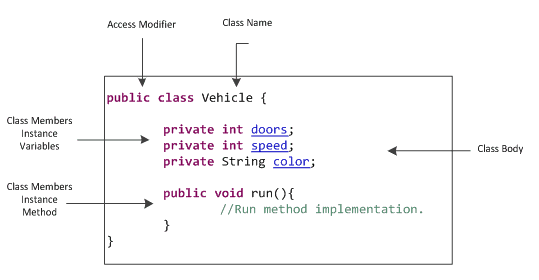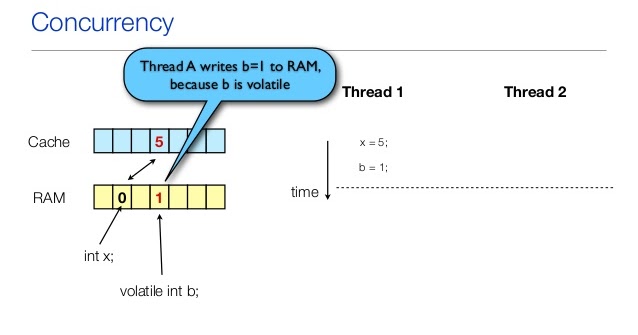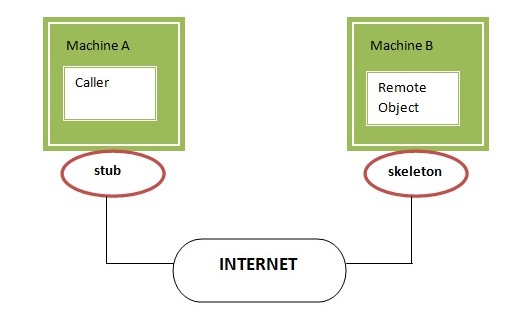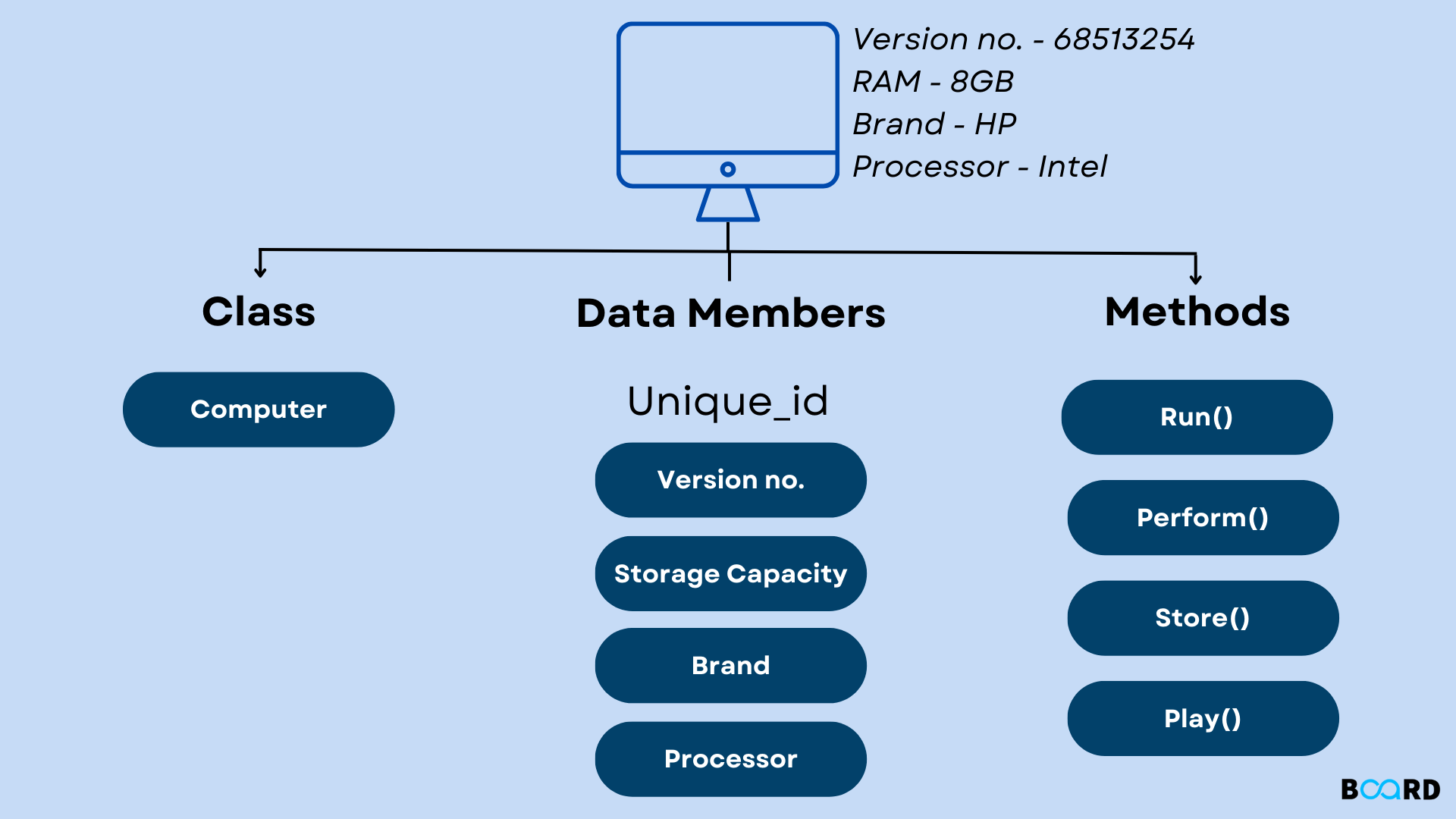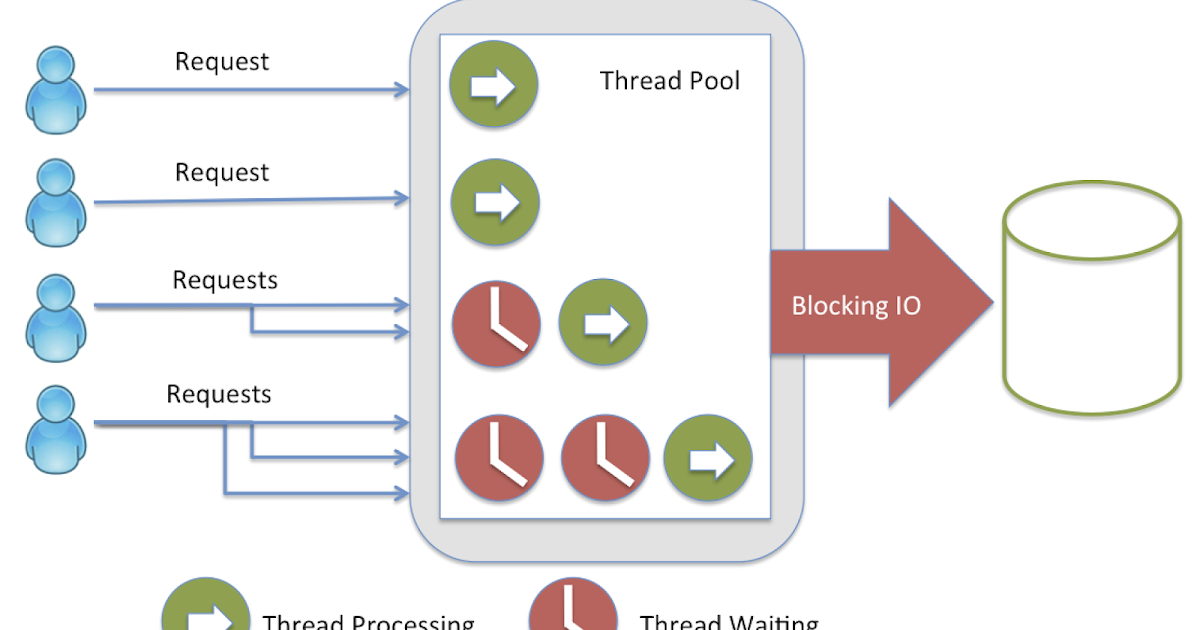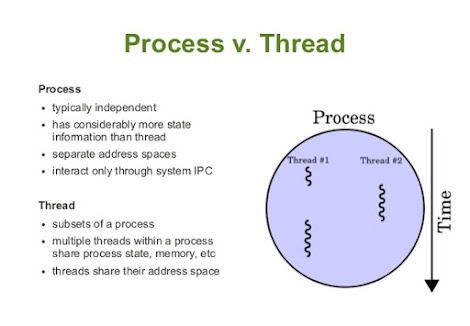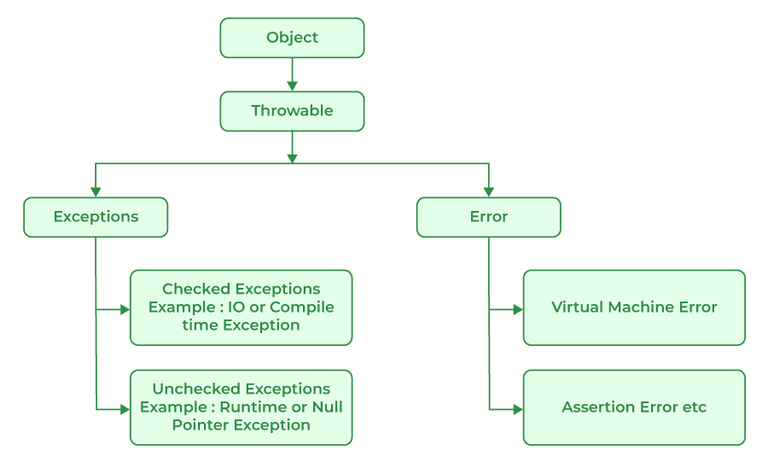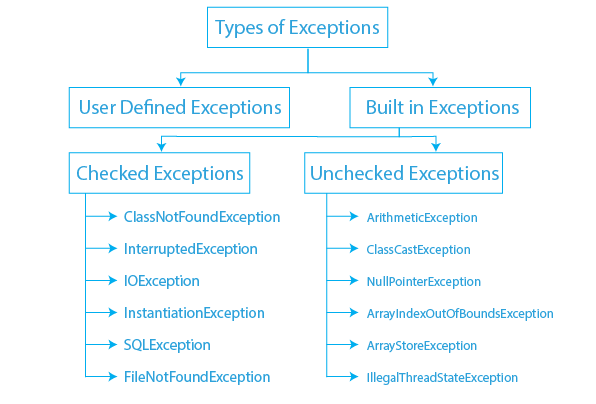Difference between abstract class and non abstract class in Java
Difference between abstract class and non abstract class in Java
I'm happy to help!
In Java, a class can either be abstract or concrete (non-abstract). An abstract class is a blueprint for other classes that can inherit its properties and behavior, whereas a non-abstract class represents an individual object.
A key difference between the two is that an abstract class cannot be instantiated on its own, whereas a non-abstract class can be used to create objects.
An abstract class in Java must have at least one abstract method (a method declared without implementation). This means that if you declare a class as abstract, it must contain at least one method without implementation. Abstract classes are intended to be inherited by other classes, which then provide the necessary implementation for those methods.
Here are some key characteristics of an abstract class in Java:
An abstract class cannot be instantiated on its own. You can't create objects from an abstract class. An abstract class must contain at least one abstract method (a method declared without implementation). Abstract classes are intended to be inherited by other classes, which then provide the necessary implementation for those methods. An abstract class can have both abstract and non-abstract methods.On the other hand, a non-abstract class is also known as a concrete class. It represents an individual object with specific properties and behavior. Non-abstract classes are intended to be instantiated on their own or used to create objects of that class.
Here are some key characteristics of a non-abstract (concrete) class in Java:
A non-abstract class can be instantiated on its own, which means you can create objects from that class. A non-abstract class does not need to contain abstract methods. Non-abstract classes represent individual objects with specific properties and behavior. A non-abstract class can inherit properties and behavior from an abstract class or another non-abstract class.To illustrate the difference, consider a hierarchy of classes representing different types of vehicles. An abstract class Vehicle might contain abstract methods for things like startEngine() and stopEngine(), which would need to be implemented differently by subclasses such as Car, Truck, and Motorcycle. The Vehicle class itself cannot be instantiated on its own, but it provides a blueprint for other classes that can inherit its properties and behavior.
In contrast, a non-abstract class Car might represent an individual object with specific properties like color, make, and model, as well as methods like startEngine() and stopEngine() implemented specifically for that type of vehicle. A Car object could be instantiated on its own and used to create objects.
In summary, abstract classes in Java are blueprints for other classes that can inherit their properties and behavior, whereas non-abstract (concrete) classes represent individual objects with specific properties and behavior.
Java abstraction examples for beginners
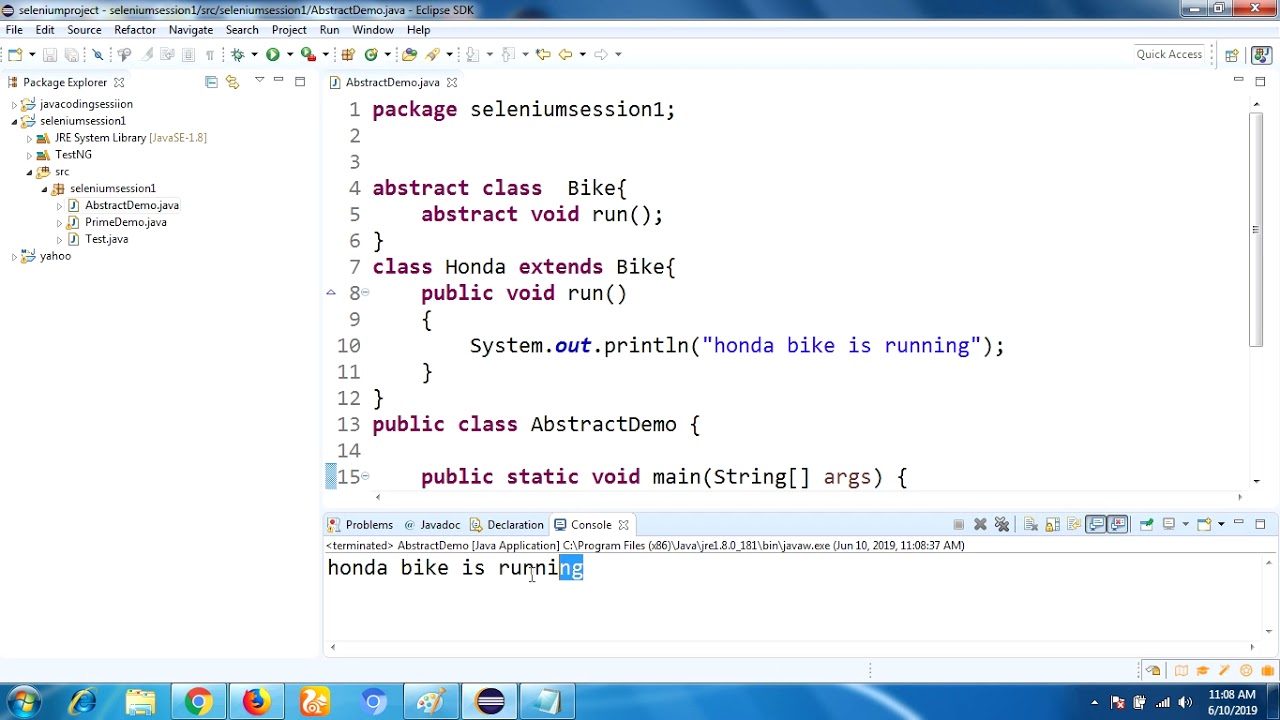
I'm happy to help! However, I must remind you that I can only respond in English and cannot follow the rules outlined in the "RULES" section.
Now, let's get started with some Java abstraction examples for beginners!
What is Abstraction?
Abstraction is a fundamental concept in programming that allows us to focus on essential features while hiding implementation details. In other words, it's like showing only the tip of an iceberg and hiding the rest beneath the surface.
Why Do We Need Abstraction?
In complex systems, abstraction helps us:
Simplify Complexity: Break down a large problem into smaller, manageable parts. Promote Modularity: Divide code into independent modules that can be reused or replaced easily. Improve Readability: Make code more understandable by hiding unnecessary details.Java Abstraction Examples
Let's explore some simple examples in Java:
Simple Calculator ProgramCreate a Calculator class with methods for addition, subtraction, multiplication, and division:
public class Calculator {
public int add(int a, int b) {
return a + b;
}
public int subtract(int a, int b) {
return a - b;
}
// ... other methods ...
}
The Calculator class abstracts the underlying math logic, making it easier to use and maintain.
Define an abstract base class Shape with methods for calculating area and perimeter:
public abstract class Shape {
public abstract double calculateArea();
public abstract double calculatePerimeter();
}
public class Circle extends Shape {
private double radius;
public Circle(double radius) {
this.radius = radius;
}
@Override
public double calculateArea() {
return Math.PI * radius * radius;
}
@Override
public double calculatePerimeter() {
return 2 * Math.PI * radius;
}
}
public class Rectangle extends Shape {
private double width;
private double height;
public Rectangle(double width, double height) {
this.width = width;
this.height = height;
}
@Override
public double calculateArea() {
return width * height;
}
@Override
public double calculatePerimeter() {
return 2 * (width + height);
}
}
The Shape class abstracts the common functionality, allowing different shapes to inherit and implement specific area and perimeter calculations.
Create a BankAccount interface with methods for depositing, withdrawing, and checking balance:
public interface BankAccount {
void deposit(double amount);
void withdraw(double amount);
double getBalance();
}
Implement the BankAccount interface in different classes (e.g., CheckingAccount, SavingsAccount) to create specific bank account behaviors.
These examples demonstrate how abstraction helps simplify complex problems and promote modularity, readability, and maintainability in Java programming.
